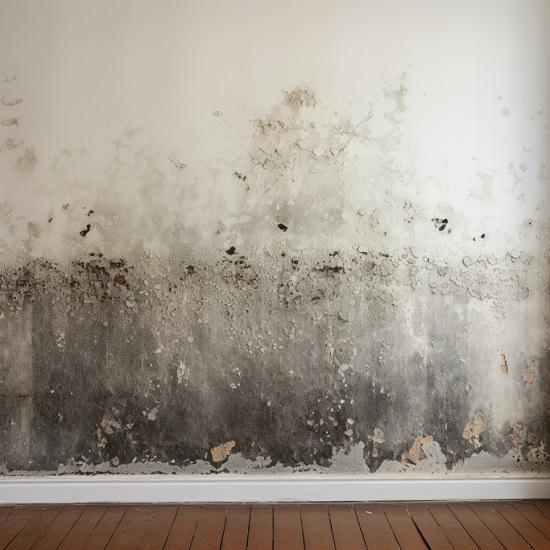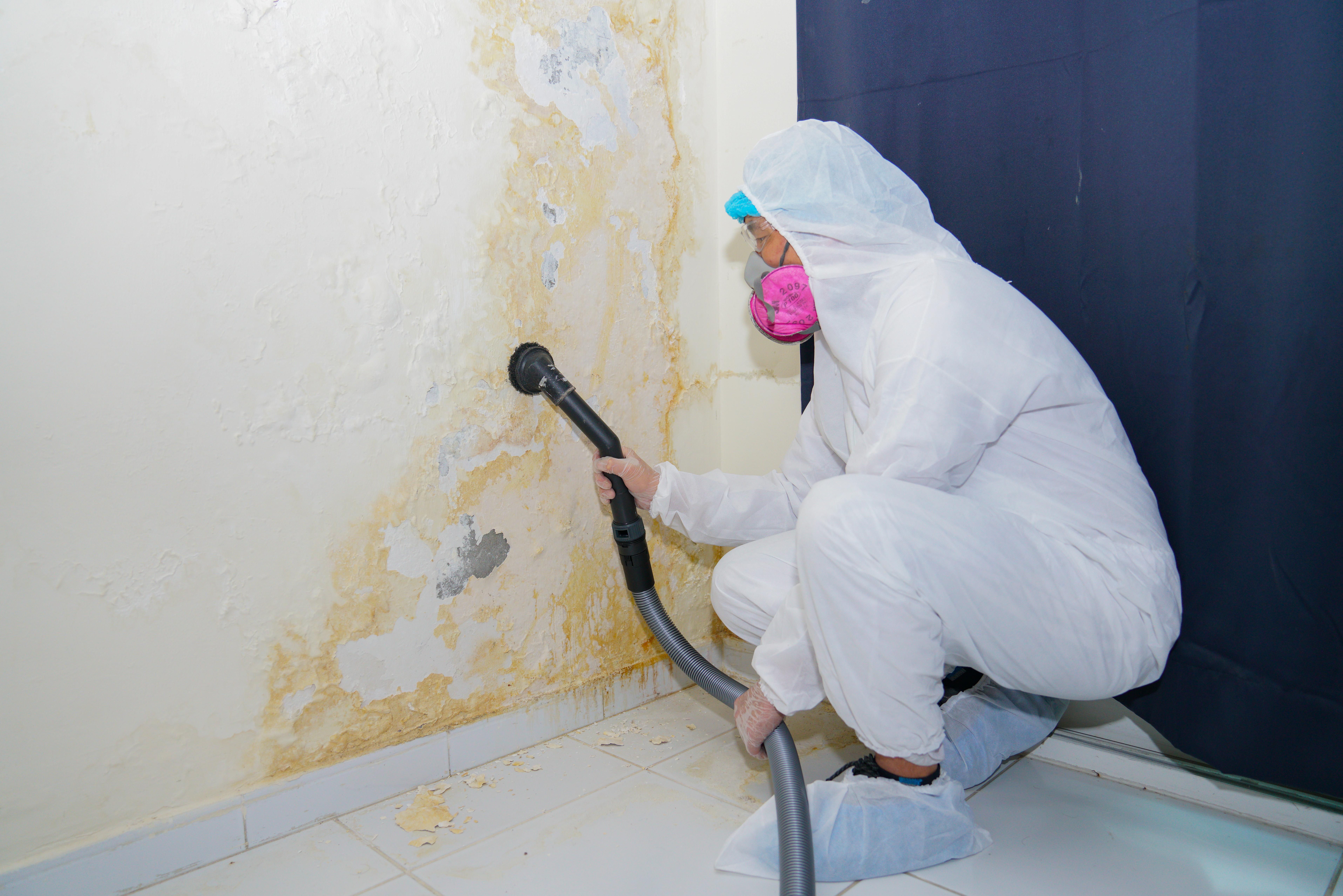Testing Air Quality After Mold Remediation
Testing Air Quality After Mold Remediation
Blog Article
Key Steps for Successful Post Mold Remediation
Effectively finishing mold and mildew remediation is a complex process that needs interest to information and adherence to specific protocols. These actions not only validate the success of the removal initiatives yet likewise add to avoiding future mold and mildew growth.
Assessment of Treated Locations
Upon conclusion of the mold remediation process, an extensive assessment of the treated locations is necessary to make sure the efficiency of the remediation initiatives. This inspection functions as a crucial action in the post-remediation phase to confirm that the mold and mildew removal and clean-up procedures achieved success in getting rid of the mold and mildew infestation and restoring a safe indoor setting. The evaluation should be conducted by qualified professionals who have the proficiency to examine the remediated locations thoroughly.
These include aesthetic evaluations to check for any kind of signs of mold and mildew growth or water damages, wetness levels to validate that the area is completely dry and complimentary of excess humidity that could advertise mold re-growth, and air quality testing to ensure that the interior air is safe to take a breath. Additionally, the assessment may entail using specialized devices such as moisture meters and thermal imaging electronic cameras to find hidden mold and mildew or moisture pockets that can lead to future mold and mildew problems if left uncontrolled.

Moisture Control Steps
Reliable moisture control steps are essential for avoiding mold growth and preserving a healthy and balanced indoor environment. To accomplish this, it is vital to address sources of moisture within the building. Proper air flow is vital to regulating moisture degrees. Mounting exhaust followers in washrooms and cooking areas can aid get rid of excess dampness. Furthermore, utilizing dehumidifiers in wet locations can help in reducing humidity levels, making it harder for mold to thrive.
Frequently keeping the structure and inspecting's outside can additionally avoid moisture breach. Post Remediation verification. Guaranteeing that seamless gutters are clear, downspouts direct water away from the structure, and the roofing remains in great problem can help protect against water from leaking right into the building. Effectively sealing doors and windows can likewise aid keep wetness out
Any kind of leakages or spills ought to be cleaned up and dried out within 24-48 hours to protect against mold and mildew development. By implementing these moisture control steps, the danger of mold and mildew returning can be significantly reduced, creating a healthier indoor atmosphere.
Appropriate Air Flow Evaluation
An essential aspect of ensuring a healthy and balanced interior environment blog post mold and mildew removal is performing an extensive assessment of the air flow system. Proper air flow assessment plays a vital role in protecting against future mold development and maintaining air high quality within the damaged area.
Moreover, analyzing the air flow system includes checking out the distribution of air throughout the location to identify any kind of locations of bad blood circulation where moisture and pollutants can accumulate. Appropriate air flow not just helps in managing moisture degrees but likewise help in getting rid of airborne mold spores and various other toxins, thereby enhancing overall interior air top quality. By addressing any ventilation problems upload mold and pop over to this web-site mildew remediation, property owners can create a healthier and a lot more comfy setting for owners while reducing the danger of mold re-infestation.
Cleaning and Disinfection Protocols
To guarantee comprehensive mold and mildew removal, precise adherence to particular cleaning and sanitation procedures is vital. Cleaning and sanitation procedures play an important role in the post-mold removal phase to prevent the reappearance of mold and mildew growth and make certain a secure and healthy and balanced setting.
After the initial cleansing, extensive disinfection of the influenced areas is essential to eliminate any continuing to be mold spores and hinder their expansion. This action is important in avoiding the spread of mold and mildew to other components of the building. Furthermore, implementing preventive measures such as applying mold preventions and maintaining appropriate air flow can help decrease the risk of future mold and mildew invasions. By adhering to stringent cleansing and disinfection methods, residential property owners can make certain the successful elimination of mold and mildew and produce a healthy and balanced interior environment for owners.
Monitoring and Maintenance Plan
Carrying out a regular monitoring and upkeep plan is important for ensuring the lasting efficiency of mold removal initiatives. Once mold and mildew removal is completed, it is critical to develop a monitoring timetable to examine the success mold removal fogger rental of the remediation process.
In addition, establishing a maintenance strategy is essential to preventing future mold and mildew issues. This strategy may consist of actions such as fixing pipes leaks, enhancing ventilation, and regulating indoor moisture degrees. Regular upkeep not only assists in preventing mold and mildew but additionally contributes to keeping a healthy interior atmosphere. It is advisable to record all monitoring and upkeep activities to track progression and guarantee uniformity in the upkeep of the remediated locations. By executing a thorough tracking and maintenance plan, the threat of mold re-emergence can be significantly minimized, promoting a secure and clean living or functioning environment.
Final Thought
Finally, effective article mold and mildew remediation includes thorough inspection of treated areas, application of wetness control measures, evaluation of proper air flow, adherence to cleansing and sanitation methods, and facility of a tracking and maintenance plan. These key steps are necessary to make sure that mold and mildew development is successfully gotten rid of and avoided from repeating in the future. By adhering to these standards, residential or commercial property proprietors can preserve a healthy and balanced and risk-free setting for occupants.
Upon completion of the mold removal process, an extensive evaluation of the dealt with locations is imperative navigate to these guys to make certain the performance of the removal efforts. These include visual assessments to examine for any kind of indications of mold growth or water damages, wetness levels to validate that the location is dry and free of excess moisture that can promote mold and mildew re-growth, and air top quality testing to make sure that the indoor air is secure to take a breath. Additionally, the assessment may include making use of specialized tools such as dampness meters and thermal imaging cameras to spot concealed mold or moisture pockets that can lead to future mold and mildew problems if left uncontrolled. By dealing with any type of air flow issues post mold removal, building owners can develop a healthier and more comfy environment for residents while lowering the risk of mold and mildew re-infestation.

Report this page